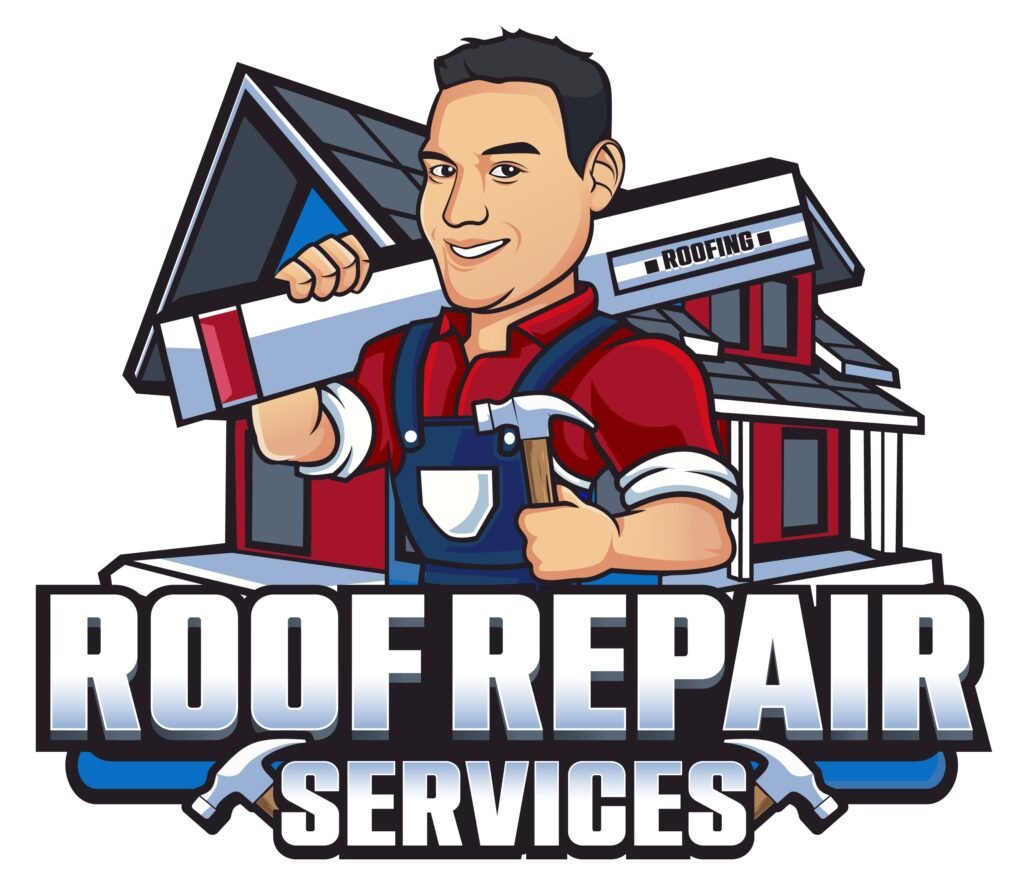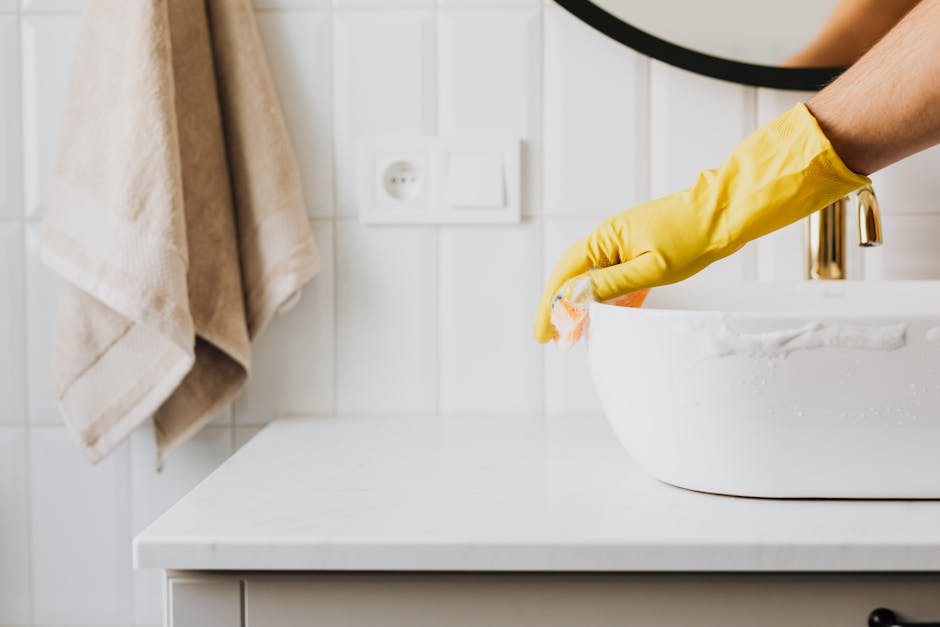Introduction to flat roof maintenance
Flat roofs are popular for their modern look and efficient use of space. But, like any part of your home, they need regular care to stay in good condition. Maintenance is key to preventing leaks and extending the life of your roof. It involves simple tasks like clearing debris and checking for damage. Doing these regularly can save you a ton of money in the long run. We’re going to dive into what you need to keep an eye on and how often. It’s all about being proactive rather than reactive. Taking care of your flat roof isn’t just about avoiding problems; it’s also about preserving your home’s value. Let’s get into how you can do this effectively.
Why regular maintenance is crucial for flat roofs
Flat roofs need regular care. Without it, small problems turn into big, expensive ones fast. Here’s why attention matters: Water pools on flat roofs, leading to leaks and damage over time. Regular maintenance spots these early, saving money and hassle. Also, weather hits flat roofs hard. Sun cracks them; rain finds any weakness. Staying on top of repairs means your roof lasts longer. Think of it as an investment; spending a bit on upkeep avoids the cost of a full replacement sooner. So, keep an eye on your flat roof. A little effort goes a long way in keeping your home secure and dry.
DIY inspection tips for flat roofs
Checking your flat roof regularly can save you a ton of money down the line. Here’s how you can do it yourself without needing to climb the ladder too often. First off, do a visual check from the ground. Look for any signs that your roof might be waving a white flag, like pooling water or visible damage. If you can safely use a ladder, take a closer look. Check for cracks, tears, or any patches that seem out of place. Also, keep an eye out for debris. Leaves, branches, and other rubbish can collect water and wear down your roof faster than you’d think. Make sure the drains and gutters are free of blockages, too. Water should flow freely off the roof to avoid any unnecessary pressure. Lastly, take a peek inside your home. Stains on the ceilings or walls can be silent alarms for roof leaks. Doing these checks regularly can help you catch small issues before they turn into big, costly problems. Remember, being proactive is the key.
The importance of cleaning in flat roof maintenance
Cleaning your flat roof isn’t just about keeping it looking nice; it’s a crucial part of roof maintenance that can save you money and headaches down the road. Over time, debris like leaves, twigs, and dirt can accumulate on your flat roof. This might seem harmless, but it can lead to water pooling and create the perfect environment for mold and mildew to grow. Water that doesn’t drain properly can also weaken the roof structure, leading to leaks or even significant damage. By regularly cleaning your roof, you ensure that water can flow freely off the roof, reducing the risk of damage. Plus, it gives you a chance to inspect your roof up close, catch any issues early, and deal with them before they become big, costly problems. So, grab that ladder, and don’t underestimate the power of a clean roof. It’s an easy, cost-effective way to extend the life of your roof and protect your home.
How to deal with water pooling
Water pooling on your flat roof might seem minor, but it’s a silent destroyer. Ignoring it leads to bigger and costlier problems down the road like leaks or structural damage. Here’s how to tackle it head-on. First, regularly check for water pooling, especially after heavy rainfalls. This helps catch problems early. Next, ensure proper drainage. Sometimes, debris blocking the drains causes water to pool. Clean those drains! Consider installing additional drainage points if necessary. Third, look at the slope of your roof. A slight slope helps water run off, reducing pooling. Your roof might need some adjustments to create this slope. Finally, think about waterproofing your roof. Special coatings can be applied to prevent water from seeping through. In essence, stay vigilant and proactive about water pooling. Regular checks and maintenance save you a lot of headache and money in the long run.
Preventive measures to extend the life of your flat roof
Keeping your flat roof in top shape doesn’t mean breaking the bank. Start by clearing it of debris regularly. Leaves, branches, and other clutter can cause water to pool and damage the roof over time. Next, make sure to inspect your roof, especially after extreme weather. Look for cracks, blisters, or signs of water damage. Minor issues can turn into costly repairs if ignored. Another smart move is to ensure proper drainage. Water should never stagnate on your flat roof. Check and clean your drainage systems often to avoid water-related damages. Lastly, don’t skip on professional inspections. Having a pro look over your flat roof annually can catch potential problems early, saving you money and extending your roof’s lifespan. Remember, a little maintenance can go a long way in keeping your flat roof healthy for years to come.
When to call in the professionals
Sometimes, you’ve got to know when it’s time to hand the reins over to someone who knows the ropes. When it comes to flat roof maintenance, there are moments where a DIY approach just doesn’t cut it, and that’s when calling in the professionals becomes essential. If you spot leaks or water damage, it’s a clear sign that your roof needs a professional’s touch. This is crucial because water damage can get worse quickly, and what started as a small issue can turn into a major problem. Cracks or splits in the roofing material are another red flag. These can allow water to seep through, causing damage to the interior of your home. If your roof is sagging, it’s definitely time to call in expert help. A sagging roof suggests structural issues that need immediate attention to prevent potential collapse. Also, if your roof is reaching the end of its expected lifespan, a professional can assess whether it’s time for repair or replacement, potentially saving you money in the long run by preventing extensive damage. Remember, while regular maintenance can be done by homeowners, these warning signs indicate it’s time to call in the professionals. Their expertise can help ensure your flat roof remains in tip-top condition, safeguarding your home from potential damage.
Repairing your flat roof: Do’s and Don’ts
Repairing your flat roof isn’t something to take lightly, but it doesn’t have to drain your wallet either if you know the do’s and don’ts. First off, do inspect your roof regularly, especially after big storms. Catching issues early can save a lot of money down the line. Do patch up small areas of damage quickly. Using a high-quality sealant for minor cracks or holes can be a DIY job and prevent larger problems. Do hire a professional for significant damage. It might seem costly upfront, but their expertise ensures the job’s done right, avoiding more expensive repairs later.
Now for the don’ts—don’t ignore standing water. If you see pools of water on your roof, address it quickly. This can lead to leaks or structural damage. Don’t attempt major repairs on your own if you’re not experienced. Missteps can lead to more damage or, worse, personal injury. And, don’t skip on maintenance. It might be tempting to “save” by not doing routine checks or clean-ups, but this can lead to bigger, costlier issues.
In short, be proactive but cautious. Smart, timely actions can keep your flat roof in top condition without breaking the bank.
The role of vegetation management in flat roof care
Vegetation management is key in maintaining a flat roof. Over time, seeds carried by the wind can settle on your roof, leading to unwanted plant growth. These plants can cause serious damage. Roots can penetrate roofing materials, causing leaks. Plus, overgrowth can block drainage systems, leading to water accumulation and roof decay. To avoid these issues, regularly remove debris and any early signs of plants. It’s a simple yet effective step in extending your roof’s lifespan and saving on costly repairs. Keep an eye out for vegetation and act quickly to remove it. This approach is not just about fixing problems; it’s about preventing them.
Summary: Saving money through effective flat roof maintenance
Maintaining a flat roof doesn’t have to drain your wallet. Fact is, taking proactive steps can prevent costly repairs down the line. Here’s the deal: Regular inspection is key. Check your roof at least twice a year and after major storms. Look for pooling water, cracks, or signs of wear. These can turn into bigger problems if ignored. Next, keep it clean. Leaves, debris, and dirt can cause damage over time. Make sure drains and gutters are clear to prevent water buildup. Also, deal with issues as soon as they pop up. Small fixes now can save you from huge repair bills later. Lastly, think about the materials. Some roofing materials are more durable and require less maintenance. Investing in quality might cost more upfront but can lead to savings in the long run. Follow these steps, and you’ll keep your flat roof in top shape without spending a fortune.

